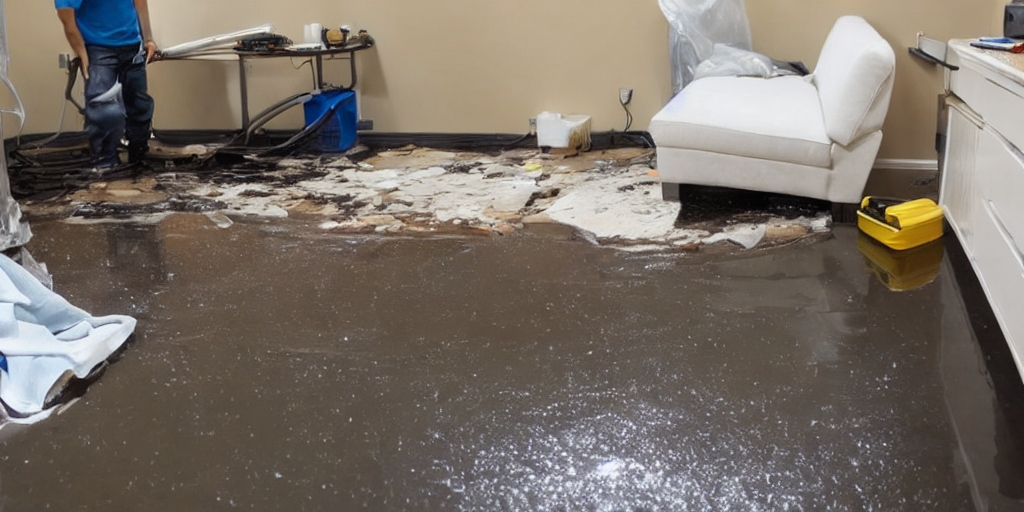Water damage can wreak havoc on homes and businesses alike, leading to significant financial losses and emotional distress. When disaster strikes, finding a reliable water restoration company is crucial to swiftly mitigate the damage and restore your property to its pre-loss condition. In this comprehensive guide, we’ll delve into the world of water restoration companies, exploring their role, services, and the steps involved in the restoration process.
Who is the largest restoration company?
When it comes to water restoration companies, SERVPRO stands out as one of the largest and most reputable names in the industry. With a vast network of franchises across the United States, SERVPRO has the resources and expertise to handle water damage restoration projects of any scale. Whether it’s a residential property or a commercial building, SERVPRO’s trained professionals are equipped to respond quickly and effectively to mitigate the damage and restore your property to its pre-loss condition.
Also Read: Everything You Need to Know About Water Restoration Company
What is the profit margin for water restoration?
The profit margin for water restoration can vary depending on various factors such as the size of the project, the extent of the damage, and the competitive landscape in the local market. However, water restoration companies typically aim for a profit margin ranging from 10% to 20%. Despite the costs associated with equipment, labor, and overhead, water restoration can be a lucrative business due to the high demand for their services, especially in regions prone to natural disasters or plumbing issues.
What kind of work does SERVPRO do?
SERVPRO offers a wide range of services beyond water restoration. From fire damage restoration to mold remediation, SERVPRO’s trained technicians are adept at handling various types of property damage. When it comes to water restoration, SERVPRO employs industry-leading techniques and equipment to extract water, dry affected areas, and restore damaged belongings. Additionally, SERVPRO provides comprehensive cleanup services to ensure that your property is safe and habitable once again.
What can you do for water-damaged walls?

Water-damaged walls can be a common consequence of leaks, floods, or burst pipes. To address water-damaged walls, a water restoration company typically follows a systematic approach:
- Assessment: The first step is to assess the extent of the damage. This may involve inspecting the walls for signs of moisture, mold, or structural weakness.
- Water Extraction: Using specialized equipment such as pumps and vacuums, the water restoration team will extract excess water from the walls and surrounding areas.
- Drying: Once the water is removed, the walls need to be thoroughly dried to prevent mold growth and further damage. Industrial-grade dehumidifiers and air movers are often used to accelerate the drying process.
- Cleanup and Restoration: Depending on the severity of the damage, the walls may need to be cleaned, repaired, or replaced. This may involve removing damaged drywall, insulation, or other materials and restoring the walls to their pre-loss condition.
By entrusting the restoration of water-damaged walls to a professional water restoration company like SERVPRO, homeowners can ensure thorough and effective restoration, minimizing the risk of long-term damage and costly repairs.
Also Read: Exploring the Top Water and Restoration Companies: A Comprehensive Guide
In conclusion, when faced with water damage, time is of the essence. By enlisting the services of a reputable water restoration company like SERVPRO, homeowners and businesses can expedite the restoration process and minimize the impact of water damage on their property. With their expertise, resources, and commitment to customer satisfaction, water restoration companies play a vital role in restoring homes and peace of mind in the wake of disasters.










